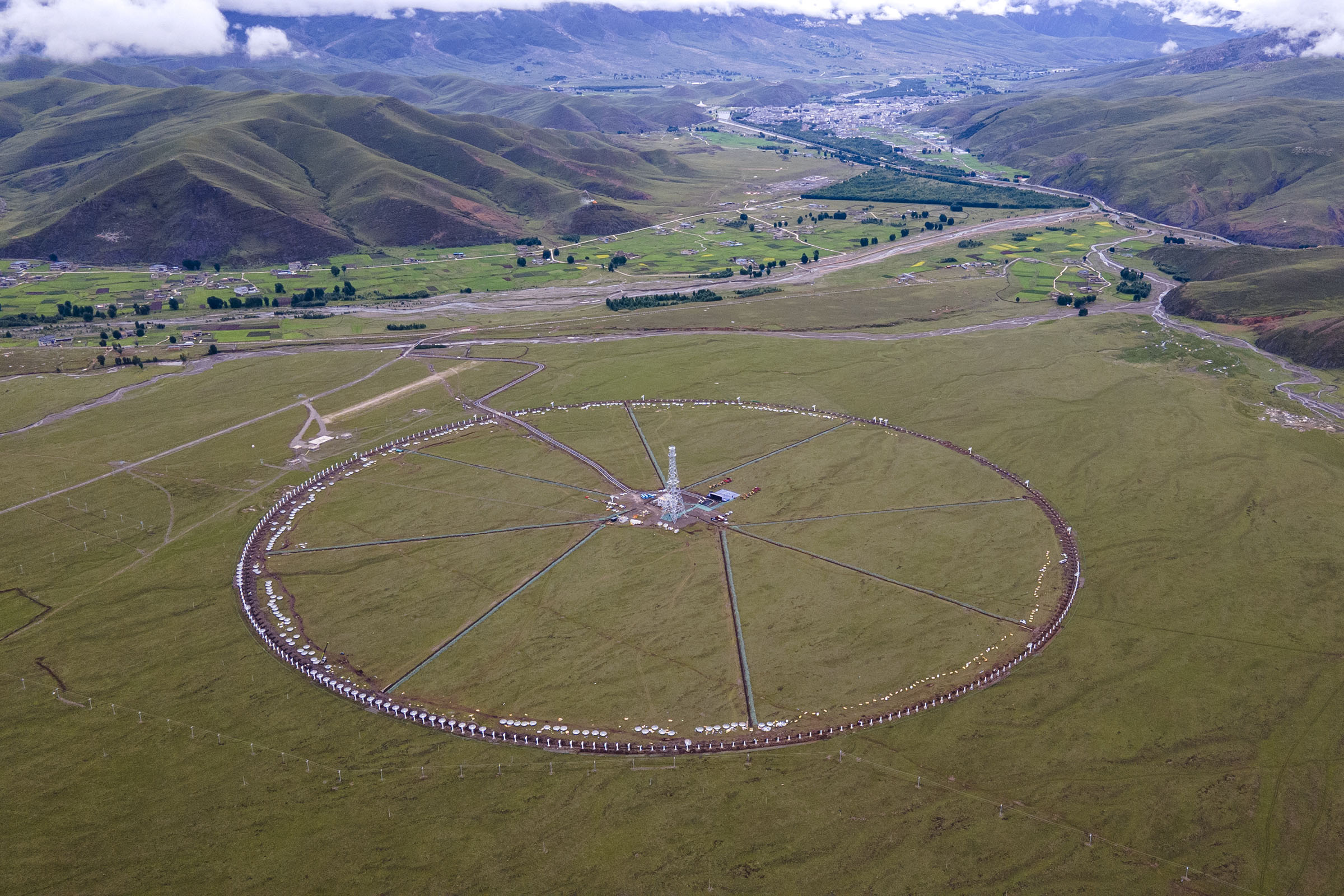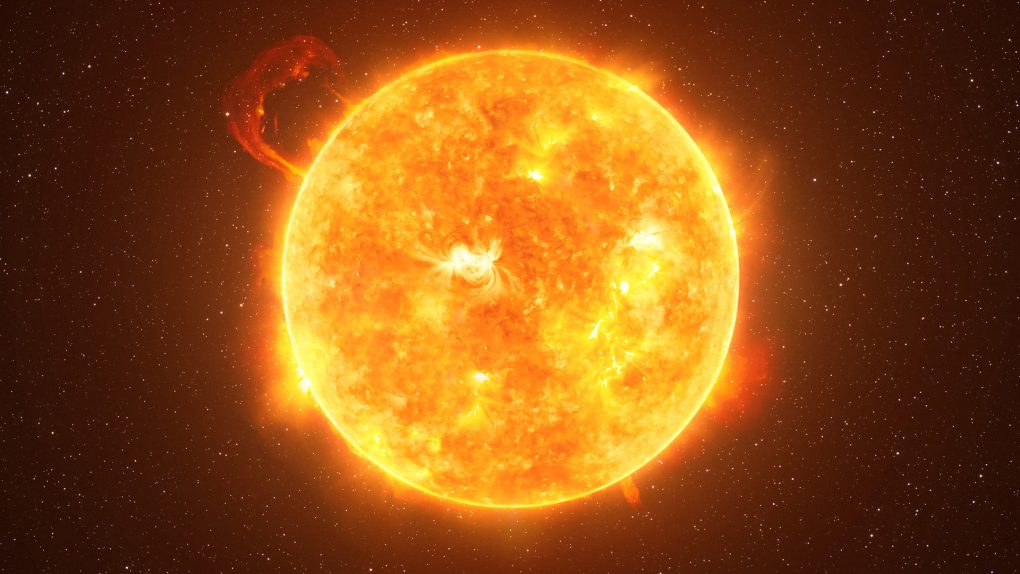Near the edge of the Tibetan Plateau, China is currently finishing up the final construction of the Daocheng Solar Radio Telescope, a brand-new Chinese solar telescope set to launch in 2024. The new telescope, which will consist of more than 300 dish-shaped antennas, cost 100 million yuan to build (around $14 million USD) and will study the Sun in great detail.
What makes this new Chinese solar telescope so intriguing – aside from its size – is that China will open new doors for how we study our solar system’s star. And, with so much information about the Sun still a mystery, it’s possible we could see data from the telescope causing some monumental breakthroughs in the scientific field.
The new telescope will join the likes of NASA’s Parker Solar Probe, which previously touched the Sun, as well as the European Space Agency’s Solar Orbiter. The Parker Solar Probe was launched in 2018, and the ESA’s Solar Orbiter was launched in 2020. Together, these telescopes, as well as the new Chinese solar telescope, will give us unprecedented data about the Sun.

This telescope is launching at an opportune time, as well, as our Sun will enter a highly active stage of its 11-year cycle within the next couple of years. As such, the Chinese solar telescope should provide a front-row seat to some of the most intense solar events that we’ve seen in recent years – including solar flares, coronal mass ejections, and even events on the surface of the Sun.
Additionally, with the Chinese solar telescope, as well as the Parker Solar Probe and Solar Orbiter trained on the Sun, it should make it easier to predict how solar weather will approach Earth. This can help us better prepare for any issues, like dangerous solar flares and more. These flares can often wreak havoc on our technology and satellites, causing crashes, issues with GPS, and more.
Related coverage: This is when the Sun and the Earth will die, according to scientists.








